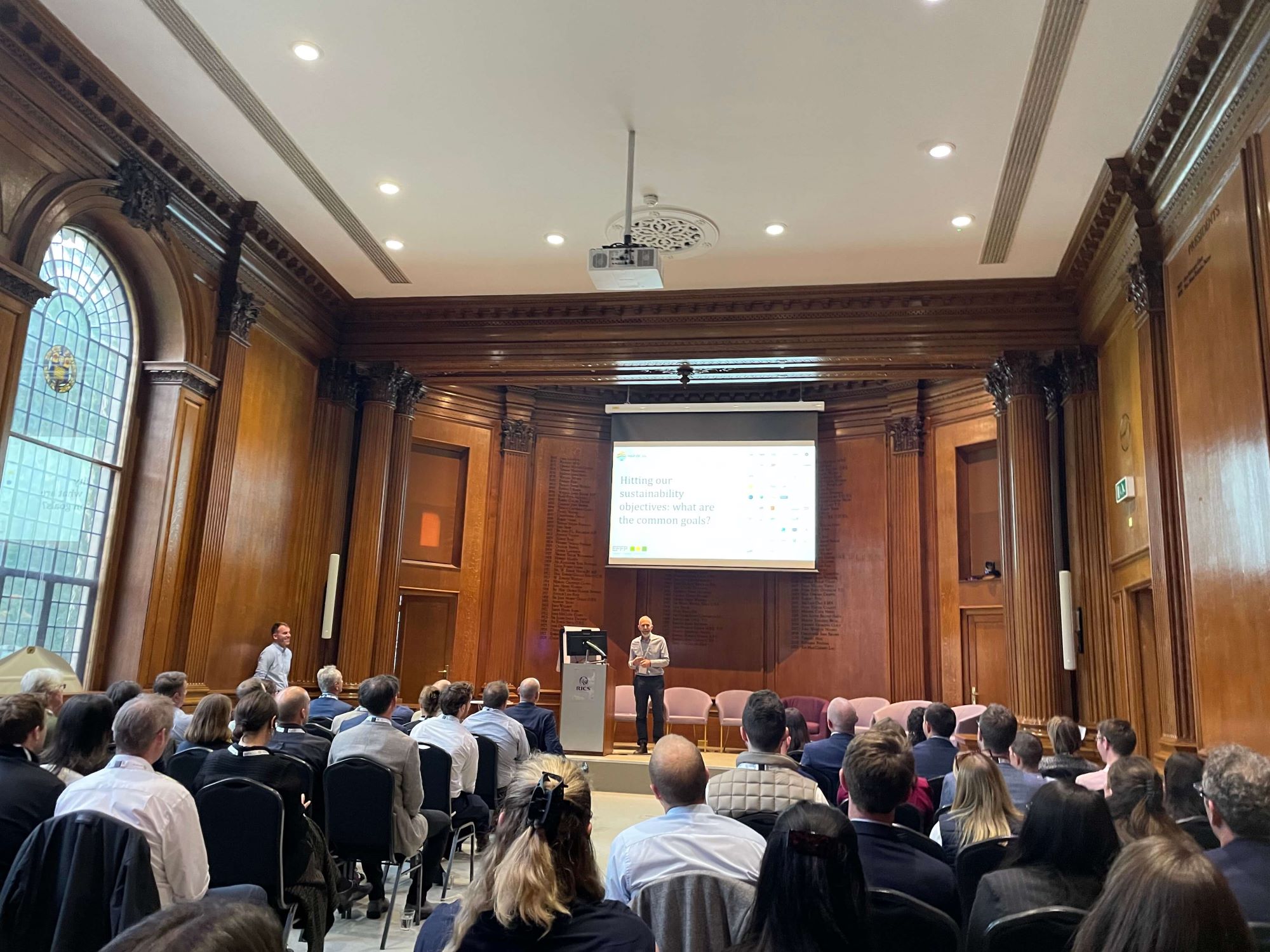The agritech sector is booming, but building software that works from the paddock to the cloud is no small feat.
The agritech sector has heated up in recent years, with the five-year Compound Annual Growth Rate (CAGR) for Australian and New Zealand agritech sitting at a healthy 13% to 15%. This growth is occurring despite limited investor capital.
Smart teams with ideas and a clear customer need continue to build exciting technology and services. As they do so, they must balance innovation and discovering market fit with the real-world constraints of connectivity, scalability, and security. This post explores the key challenges and trade-offs in building scalable agritech platforms.
What’s special about agritech solutions?
Every sector has its own special challenges, from retail to manufacturing. Elements that make agriculture and agritech interesting include:
- Rural, mobile, and remote environments in which farmers, growers, buyers, and rural professionals work provide connectivity and ergonomic constraints,
- Balancing initial prototyping work to understand user needs and seek market fit may not deliver products that can scale to large and diverse supply chains, and
- Those same diverse supply chains with very large and very small participants, brokers, advisors and agents provide unique challenges for data handling, security, and trust.
Challenge #1: Connectivity in the wild
Agritech and agribusiness solutions face some unique challenges that are seen less on the retail shop floor or in the office. You’re more likely to find agricultural software being used on an iPad at the kitchen table, a mobile device in the farm dairy or yards. It might appear on a tablet inside a harvester, or on a laptop in a rural professional’s vehicle. Connectivity, sunlight on screens, and sub-optimal devices continue to be key considerations for front-end application developers.
Satellite and mobile internet connectivity have both improved enormously in the last ten years but so have our expectations of software responsiveness and the quantity of data to be wrangled. One way agritech developers can optimise for user experience is by pre-processing data in the cloud. Another is by paying attention to data synchronisation: for instance, only sending modified data to improve responsiveness. It can also help support mixed online-offline use.
Challenge #2: Scaling from pilot to platform
It is now easy to create a quick prototype application to test a new idea and assess whether a solution will be acceptable to your market. Low-code and AI-driven tools allow subject matter experts and user experience designers to create initial working tools. It’s also often a good idea to focus on a narrow use case, or to target the “happy path” that might cover 70-80% of use cases.
At some stage you will decide that the solution is worth proceeding with. This might mean a larger pilot or a first scaled customer. It’s then that the challenges of prototypes reveal themselves.
It’s wise to plan on developing your agritech solution twice. Painful, I know, and not what investors want to hear, but there is a time when your development team will need to rearchitect and revisit the cloud infrastructure and approach for many components of the solution. If you’ve found product-market fit and an opportunity to scale, this is a component of successful growth.
Interestingly, larger agribusinesses developing a new product stream often find the opposite challenge. IT operations and solution architecture may be imposed as hurdles from day one, slowing down their ability to innovate and find what the market needs. There’s good justification for stepping outside traditional IT into the rapid prototyping space for that first product discovery opportunity.
Challenge #3: Security and trust in a data-sensitive sector
Over the years I have collaborated with agritech companies where security is a relative afterthought. This was particularly the case pre-cloud, where data was held on individual computers and in-office servers.
Agritech solutions, and the data they hold, are increasingly becoming key inputs to global supply chains. Some data can be sensitive to the direct users. For example, farmers or rural professionals may worry about their data being exposed to supply chain partners.
Elsewhere, the ability to trust the source, provenance, and reliability of data is critical. The Australian NFF Farm Data Code and the British Farm Data Principles make clear the expectations for the way agricultural data is handled.
Increasingly, scaling agritech companies need to look to their cloud security architecture and approaches. Technical controls can include:
- Software and dependency security analysis,
- Automated monitoring for vulnerabilities,
- Access controls such as single-sign-on and multi-factor authentication, and
- Regular penetration testing and security reviews.
An organisation’s overall information security posture might be just as important as the technical elements. Organisations may need to consider information security policies (even down to ISO 27001 or SOC2 compliance) and putting in place secure development and platform management processes.
Balancing innovation with market fit
The agricultural sector continues to cry out for innovative agritech products and agrifood supply chain solutions. Despite the ups and downs of investment capital cycles, innovators and product companies alike continue to bring new ideas to market, some of which will scale to be global solutions.
Early-stage agritech products need to evolve and adapt rapidly in response to user and market needs. This can’t come at the expense of reliability and scalability. The sector must also be able to trust the data and how it is handled.
Agritech product development is a balancing act, and successful agritech developers will keep all these elements in mind as they build and experiment.


